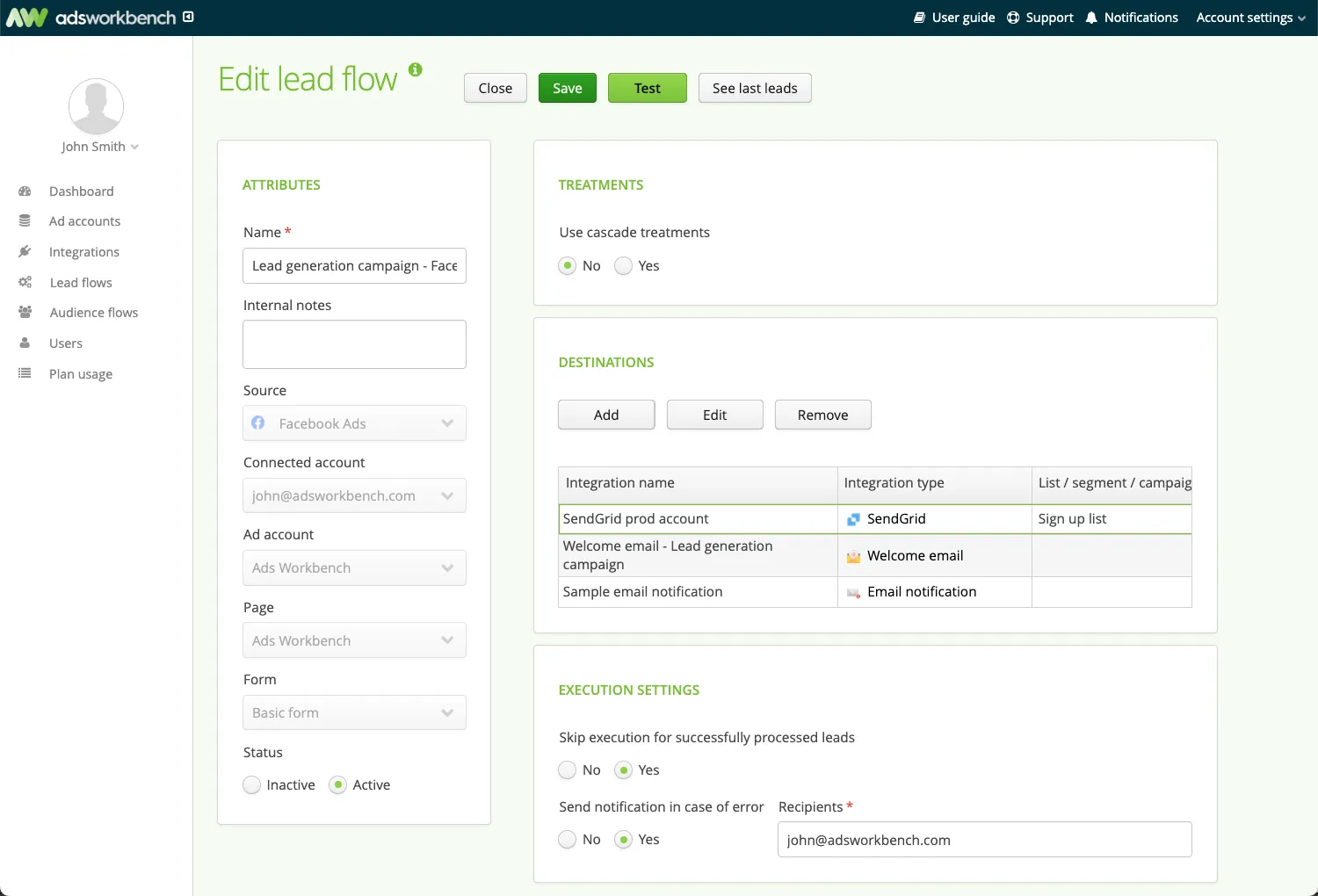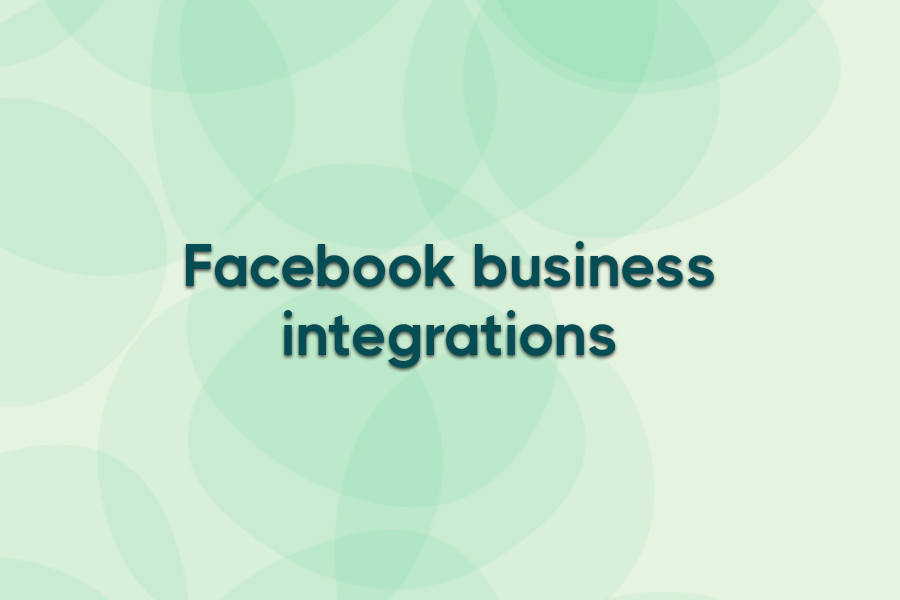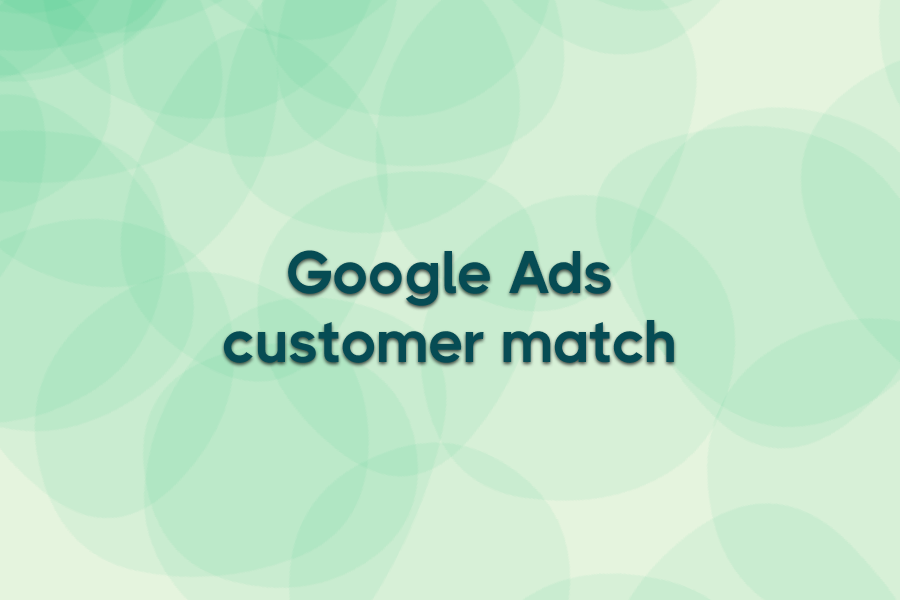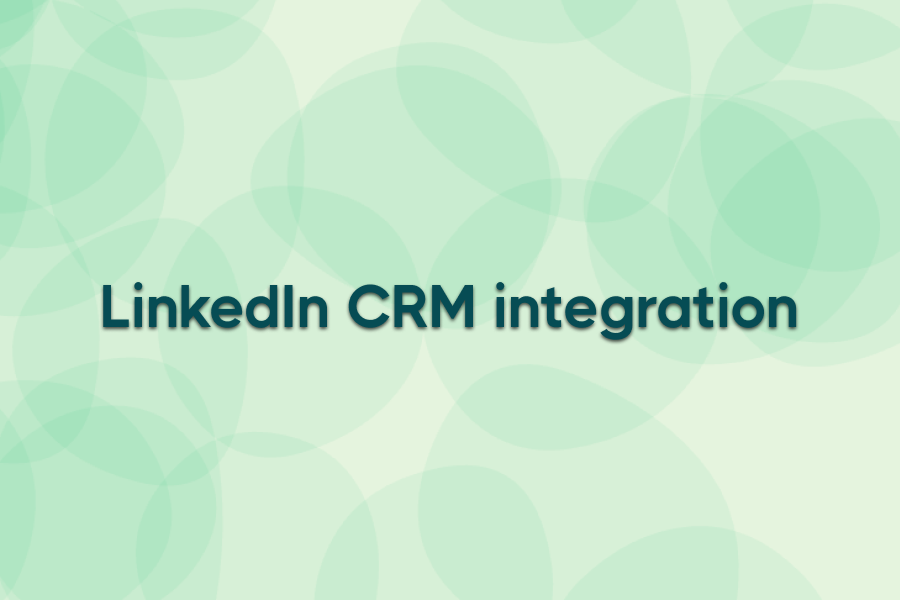You’re running Facebook lead ads. The clicks are coming in — and the leads are too. But then what?
For many marketers, that’s where the process breaks. Leads get trapped in Facebook. Teams scramble to download CSVs. CRMs don’t update. Follow-ups go cold.
Facebook Business Integrations promise a fix — but the settings are vague, the help docs are thin, and it’s hard to tell what actually connects.
In this guide, we’ll clear it up:
- What Facebook Business Integrations are (and aren’t)
- How to use them to connect your tools
- Where native integrations fall short
- And how to automate lead delivery the right way — no code, no delays
What are Facebook business integrations?
Facebook Business Integrations are connections between your Meta account and third-party tools, like CRMs, email platforms, analytics tools, or scheduling software. They allow external apps to access data from your Facebook activity so you can sync leads, audiences, and campaign data across systems.
You’ll find them under the “Business Integrations” tab in your Meta Business Settings. From there, you can manage which tools have access to your account, revoke permissions, or troubleshoot broken connections.
But here’s the catch: this feature mostly handles permission-level access. It’s not a full automation system. To actually move lead data, update audiences, or trigger workflows, you’ll need either a custom integration or a tool built specifically for Facebook lead automation

Benefits of integrating Facebook with your business tools
Plugging Facebook into your broader marketing stack doesn’t just save time — it transforms how effectively you capture, handle, and act on leads. Here’s what happens when your tools talk to each other:
Leads hit your CRM the second they’re captured
No more CSV exports or inbox digging. Real-time delivery means sales reps can see and act on new leads immediately, without relying on third-party alerts or admin support.
Follow-ups happen fast — and while intent is still high
When a lead submits a Facebook form, there’s a short window where they’re engaged. A synced setup, like a streamlined Facebook Lead Ads and Salesforce integration, lets you trigger instant emails, assign tasks, or notify reps on Slack. All while your brand is still top of mind.
Retargeting lists stay accurate and up to date
Integrations let you sync CRM segments or lead statuses back into Facebook automatically — so your custom audiences reflect who’s hot, who’s closed, and who’s ready to re-engage.
No more copy-paste errors or dropped contacts
Manual workflows are prone to human error. Automated integrations protect your pipeline from bad formatting, missing fields, and lost leads (especially when scaling).
Your team reclaims hours every week
Without repetitive exports and imports, marketers can focus on creative, testing, and campaign strategy — not dragging leads from Point A to Point B.
You get visibility into what’s actually working
When lead data flows cleanly into your CRM, you can tie performance back to campaigns, ad sets, and channels — not just measure impressions or cost per lead.

These benefits add up fast. When your tools are properly integrated with Facebook, your lead gen system runs smoother, your response times shrink, and your ad spend works harder.
How to set up business integrations on facebook
To connect a third-party tool to your Meta Business account, you’ll need to give it permission inside Facebook’s Business Integrations dashboard. Here’s how to do it:
- Go to Meta Business Settings
Log into Meta Business Suite and navigate to Settings → Business Integrations. You can also go directly here if you’re already logged in.
- Click “Add Integration”
You’ll see a list of tools currently connected to your account. To add a new one, click “Add” or connect through the tool itself (e.g. when setting up an integration inside your CRM, it may redirect you to Facebook for permission).
- Approve access
Meta will ask you to confirm which permissions to grant e.g. access to your Page, leads, ad account, etc. Only grant access to what the tool actually needs (you can always update this later).
- Verify it’s working
Once added, you’ll see the tool listed with its access details. From here, you can remove, edit permissions, or check activity logs if things break.
4 ways to connect Facebook to your CRM, email, and more
There’s more than one way to connect Facebook to your CRM, email tool, or internal systems. Here are the four main options — each with its own pros and cons.
1. Native platform integrations
Some tools (like HubSpot, ActiveCampaign, or Mailchimp) offer built-in connections to Facebook. These typically handle basic lead syncing or ad audience creation. They’re simple to set up, but limited in customization and visibility.
2. Manual exports and imports
Still surprisingly common! You download lead data from Facebook as a CSV, then upload it into your CRM, email platform, or ad audience. It works — but it’s slow, prone to error, and doesn’t scale. Leads get cold fast.
3. General automation tools
Platforms like Zapier, Make, or Pabbly connect Facebook to thousands of apps. They’re powerful, but can get expensive and complex quickly. If you’re not careful, you end up building spaghetti logic that’s hard to debug when something breaks.
4. Dedicated lead routing tools
Tools like Ads Workbench are built specifically to handle lead delivery and audience sync between Facebook and your CRM. If you need to send Facebook lead ads to google sheets automatically, these tools support real-time delivery to Sheets, Slack, email, and more, all without coding or complex setup. These tools fill the gap between limited native options and overbuilt automation platforms.
No matter which route you choose, the goal is the same: get your leads and audience data flowing smoothly between Facebook and the rest of your stack. But not every method fits every team. Some coming with more friction than others…
Where Facebook integrations break down (and what it costs you)
Even when your integration looks “connected,” the flow behind the scenes is often fragile. Here’s what typically breaks — and why it matters.
1. Tools silently disconnect
Facebook tokens expire every few weeks. CRMs update their API permissions. One small change, and your lead flow stops — often without any alert.
2. Delayed or inconsistent lead syncing
Some native or manual integrations only sync hourly or daily. Others queue leads but fail to deliver them when volumes spike.
3. Manual processes creep back in
When automations fail (and they often do), teams resort to Google Sheets, forwarded emails, or downloading CSVs. These quick fixes become the default.
4. Audience syncing isn’t reliable
Your CRM segments don’t always reflect in Facebook custom audiences in real time. Without regular syncs, your targeting is based on stale data.
5. Zero visibility into what's broken
Most native integrations don’t provide status logs or delivery tracking. If something fails, there’s no audit trail — just guesswork.
Ads Workbench helps marketers avoid these issues entirely. It connects Facebook to your CRM, email, Slack, or Sheets with real-time delivery, custom field mapping, branded welcome emails, and full execution tracking. You can reprocess failed leads, monitor delivery status, and stay ahead of silent failures — without writing a single line of code.

How to run Facebook integrations like a pro
Done right, your Facebook integrations drive faster responses, better targeting, and clearer performance tracking. Here’s how to set yours up for maximum impact.
1. Don’t wait to act on new leads
Speed matters. Facebook leads go cold fast — often within minutes. Every step between form fill and CRM entry risks a delay that hurts conversion.
2. Set up alerts and delivery logs
Silent failures are the most expensive kind. A single expired token or broken field mapping can stall your entire pipeline.
3. Keep your audience syncs fresh
Retargeting only works if your custom audiences reflect your latest CRM data. Too often, they’re outdated or incomplete.
4. Personalize every lead experience automatically
Instead of sending the same generic email to every lead, use advanced segmentation to tailor follow-ups based on form responses — like sending different welcome emails by company size or tagging high-value leads differently in your CRM.
Ads Workbench lets you trigger branded welcome emails with personalized PDFs, custom sender details, and dynamic rules — no extra tools required.
5. Use tools built for lead routing, not general automation
Zapier and other general-purpose tools can work, but they’re built for breadth, not speed or visibility.
Ads Workbench delivers leads instantly to CRMs, Slack, email, or Sheets — with real-time delivery, built-in logging, and no-code setup.

6. Build for visibility, not just functionality
“Working” isn’t good enough if you don’t know what’s happening. You need visibility into what was delivered, when, and where.
Following these practices not only streamlines your setup, it ensures your Facebook integrations actually deliver on their promise: less manual effort, more meaningful results.
Turn Facebook leads into conversions — instantly
Facebook’s ad tools are powerful — but only when your lead flow and tracking systems are set up to keep pace. Manual exports and delayed notifications create gaps that cost you time and conversions.
Ads Workbench solves that.
It connects Facebook lead ads directly to your CRM, email, Slack, or Google Sheets in real time. You’ll also get execution logs, reprocessing tools, personalized welcome emails, and field-level control over how leads are segmented and routed — all with no-code setup and no Zapier complexity.
If you're running performance campaigns and want faster routing, better targeting, and clearer visibility, it's built for you.
Connected. Tracked. Closed. Start your free trial today.








